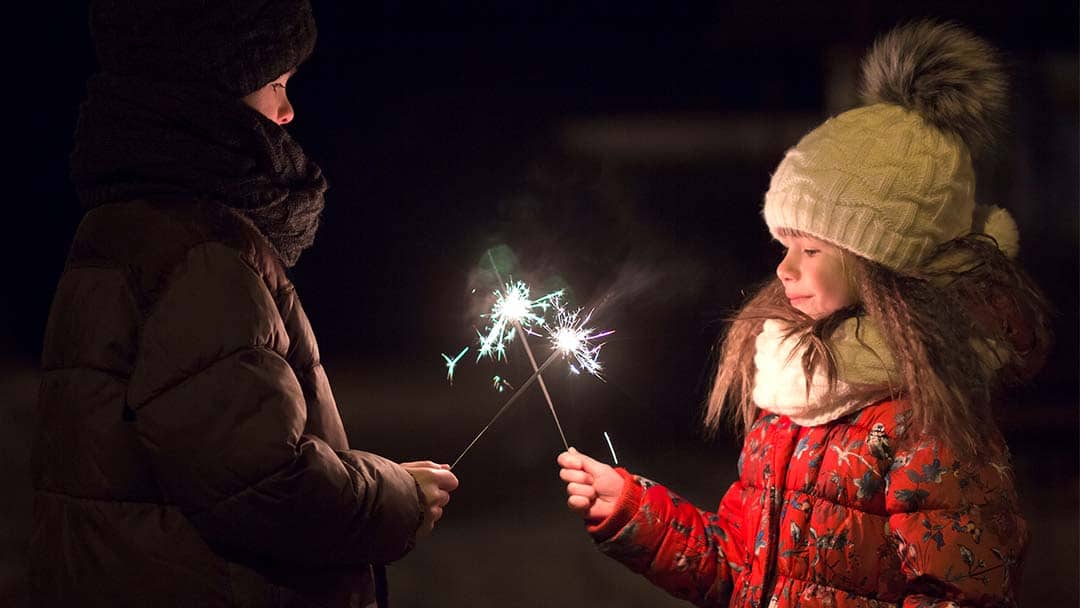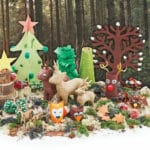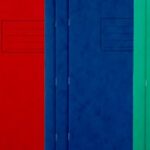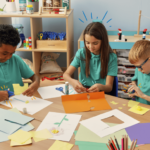Fireworks are some of the most visually spectacular uses of basic science, so why not take the opportunity of bonfire night to teach children how fireworks work and what fireworks are made of?
In this lesson plan (aimed at KS2 pupils), you will be provided with a method of introduction and starter activity as well as main lesson sessions and questions to ask pupils to check for learning.
You’ll be working towards achieving the following aims from the National Curriculum Science Programme of Study:
- Pupils will develop scientific knowledge and conceptual understanding through the specific discipline of chemistry.
- Pupils will develop an understanding of processes of science through different types of science enquiries that help them to answer scientific questions about the world around them.
- Pupils will work towards being equipped with the scientific knowledge required to understand the uses and implications of science today.
How do fireworks work?
Fireworks are made of gunpowder and other substances, as well as a container or tube and a fuse.
Ground black powder (or gunpowder) is mixed with different chemicals that create different colours when they burn. This mixture is then packed into small tablets or pellets which are called ‘stars.’
The stars are then put into an easily burnt container like paper mache or clay. Black powder is then packed into the package around the stars.
A fuse is then attached. When the fuse is lit, the spark travels up the fuse, so that the firework doesn’t shoot off and the person lighting it can get to safety in time.
When the firework ignites, the gunpowder packed into the package forms gases that stream out of the end of the package; this forces the firework up into the air.
Once up in the air, the fuse reaches the star and the firework explodes.
What makes fireworks different colours?
The gunpowder that first goes into a firework is mixed with another substance. This other substance is what can change the colour of a firework. For example, gunpowder mixed with aluminium creates silver and white sparks. Sparklers are usually created using aluminium.
Copper produces blue sparks.
Iron produces a range of colours depending on how hot it gets. More or less gunpowder will change the colour presented in the spark.
Sodium creates gold or yellow sparks.
You can look at different elements of the periodic table that create a range of colours and effects in fireworks.

Lesson: How do fireworks work?
Whether it’s to celebrate Bonfire Night or New Year’s Eve, fireworks are fascinating!
What they’ll learn
- What substances are used to make fireworks
- How a firework works
- How to effectively research
Lesson introduction/starter
[5-10 minutes] Find out what pupils already know about fireworks by providing them with a task and stimulus to help jog their memories.
Display the following instructions for pupils:
- What do you know about fireworks?
- What would you like to know about fireworks?
A video of fireworks will help stimulate any memories or thoughts they might have. If you know of videos of local firework displays, perfect. If not, use this one from the 2019 New Year’s firework display in London.
Ask pupils what they have written down and create a mindmap on the board of all their answers. This is a great way of modelling how to organise a mass of ideas, as well as providing a reminder for pupils later on in the lesson.
Main lesson
1. [15 – 20 minutes] This lesson will help to develop children’s research and reading skills. Split the children up into small groups and assign each group with a method of research: books, the internet, YouTube. You can use this to differentiate by reading ability.
Depending on the group, you might want to provide those using the internet and YouTube with specific sites and videos.
This is a great, short video, aimed at children that explains how fireworks work:
This website provides an in-depth exploration of how fireworks work and may suit your greater depth readers.
The internet contains lots of false information and it’s helpful to demonstrate to children they should always consider their source. You can also model skimming and scanning a page to save time.
Provide children with the following questions to help guide their research:
- What are fireworks made out of?
- What makes fireworks explode in the sky?
- What are sparklers made out of?
- How can you change the colour of the firework explosion?
- Why do you think fireworks should be handled with great care?
2. [5-10 minutes] The groups will now share all the information they have found from their research. This can be done in one of two ways.
- Children assign one person in the group to be a spokesperson. The rest of the group will move to the next table, like a carousel. The spokesperson will share their findings with the group and they will make notes. Each group moves around the classroom, gathering as much information from each table as they can. This way encourages children to be independent and means everyone is reliant on their own ability to listen and question.
- Children assign one person in the group to be a spokesperson. Go around each group as the whole class listens and takes notes on what they hear from all other groups. This method stops a huge amount of movement around the classroom.
3. [30-40 mins] Now children have a range of information, they can create their own non-chronological report on fireworks. They should create an information page for other children the same age that informs them of what a firework is made of and how they work.
They should be encouraged to think carefully about how they lay out the information on the page. This might be a good opportunity to show them a good model of an information page from a non-fiction book and pick out the good elements to remind children how to be successful with their own information page.
4. [5 mins] Get children to peer assess each other’s work for a quick bit of assessment for learning. Ask them to comment on the following statements, leaving their partner two stars and a wish.
- Does my partner understand how a firework works?
- Can they explain what fireworks are made of?
Extension activity
Now the students understand what makes a firework, it might be worth having a conversation about how to enjoy fireworks safely. There are safety videos on YouTube, or you might discuss with children which rules they know already as they are likely to have learned some rules in the past.


